詳細(xì)說明
Purity
>97%, by SDS-PAGE under reducing conditions and visualized by silver stain
Endotoxin Level
<0.01 EU per 1 μg of the protein by the LAL method.
Activity
Measured by its ability to inhibit the biological activity of IGF-I or IGF-II on MCF?7 human breast cancer cells. Karey, K.P. et al. (1988) Cancer Research 48:4083. The ED 50 for this effect is 0.03-0.09 μg/mL in the presence of 14 ng/mL recombinant human IGF-II.
Source
Mouse myeloma cell line, NS0-derived Asp22-Glu258, with an N-terminal Met
Accession #
N-terminal Sequence
AnalysisMet
Predicted Molecular Mass
26 kDa
SDS-PAGE
32 kDa, reducing conditions
804-GB |
| |
Formulation Lyophilized from a 0.2 μm filtered solution in PBS. | ||
Reconstitution Reconstitute at 100 μg/mL in sterile PBS. | ||
Shipping The product is shipped at ambient temperature. Upon receipt, store it immediately at the temperature recommended below. | ||
Stability & Storage: Use a manual defrost freezer and avoid repeated freeze-thaw cycles.
|
Background: IGFBP-4
IGFBP-4 (insulin-like growth factor binding protein 4) is member of the IGFBP family of structurally similar secreted glycoproteins that maintain IGF-I and IGF-II in the circulation and direct them to their target tissues (1, 2). Human IGFBP-4 cDNA encodes 258 amino acids (aa) that include a 21 aa signal peptide and a 237 aa cysteine-rich mature protein that contains an N-terminal IGFBP domain, a linker sequence, and a C-terminal thyroglobulin domain. Mature human IGFBP-4 shares 91% aa sequence identity with mouse and rat IGFBP-4, and 97% with canine, bovine, ovine and porcine IGFBP-4. Both domains interact with IGFs, although the N?terminal domain is primary (2). The linker contains a cleavage site that is accessible by PAPP-A (pregnancy-associated plasma protein A) when IGFs are bound (2, 3). IGFBP-4 fragments detected in the plasma of pregnant women have lowered affinity for IGFs, thus upregulating IGF bioavailability for receptor binding (2). Unlike other family members, IGFBP-4 does not interact with the extracellular matrix or translocate to the nucleus (2). Like other family members, it is expressed early in development and has both IGF-dependent and -independent activities (2, 4). IGFBP-4 expression in mesenchymal stem cells is upregulated by the cardiac transcription factor GATA-4 (5). It then enhances cardiomyocyte differentiation by interacting with Frizzled and LRP proteins, inhibiting canonical Wnt signaling (6, 7). IGF can sequester IGFBP-4 when present, inhibiting its ability to support cardiomyocyte differentiation (3, 4). IGFBP-4 is also upregulated in osteoblasts in response to estrogen (8). Intact or proteolytically cleaved IGFBP-4 may either promote or inhibit cancer cell growth, motility and invasion depending on cell type, tissue and stage of the cancer (9-11). It is shown to inhibit IGF-1- or FGF-2-induced angiogenesis, but not that induced by VEGF (10).
References:
Bethel, C.R. et al. (1994) Biochem. Mol. Biol. Int. 34:385.
Forbes, B.E. et al. (2012) Front. Endocrinol. (Lausanne) 3:38.
Gyrup, C. and C. Oxvig (2007) Biochemistry 46:1972.
Schuller, A.G. et al. (1994) Mol. Cell. Endocrinol. 104:57.
Li, H. et al. (2011) Cytotherapy 13:1057.
Zhu, W. et al. (2008) Nature 454:345.
Minato, A. et al. (2012) Biomaterials 33:515.
Denger, S. et al. (2008) Mol. Endocrinol. 22:361.
Ueno, K. et al. (2011) Int. J. Cancer 129:2360.
Contois, L.W. et al. (2012) J. Biol. Chem. 287:1779.
Moreno, M.J. et al. (2013) Neoplasia 15:554.
Long Name:
Insulin-like Growth Factor Binding Protein 4
Entrez Gene IDs:
3487 (Human); 16010 (Mouse)
Alternate Names:
BP-4; HT29-IGFBP; IBP4insulin-like growth factor-binding protein 4; IGF-binding protein 4; IGFBP4; IGFBP-4; IGFBP-4IBP-4; insulin-like growth factor binding protein 4
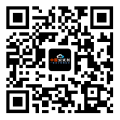
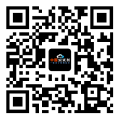


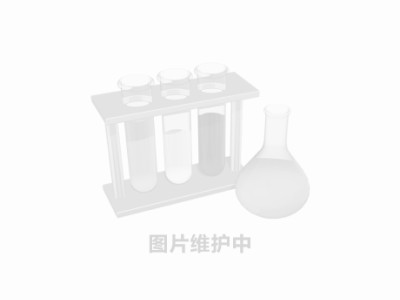


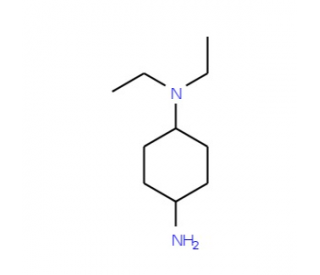
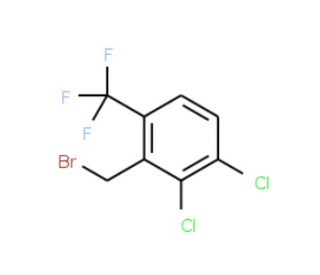
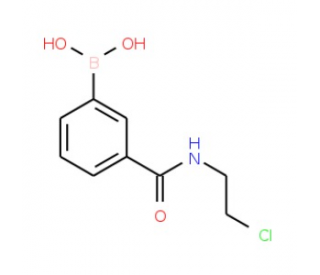
 粵公網(wǎng)安備44196802000105號
粵公網(wǎng)安備44196802000105號